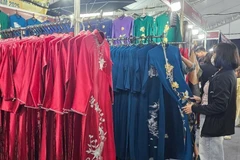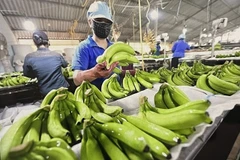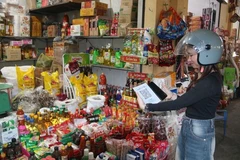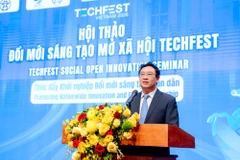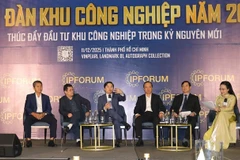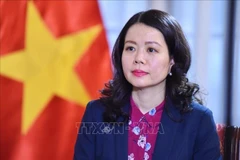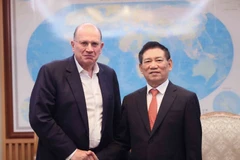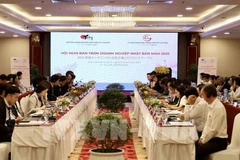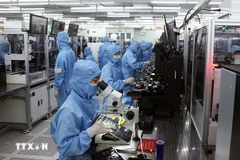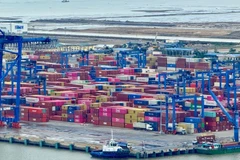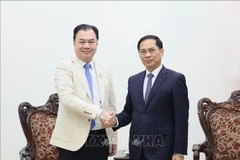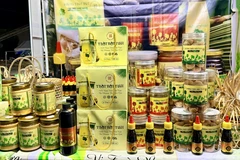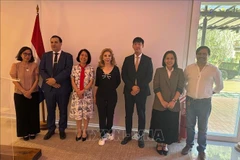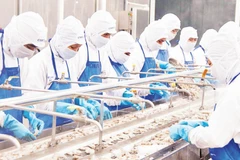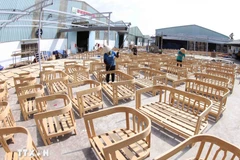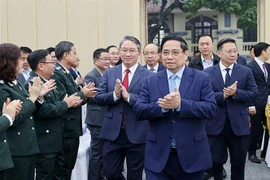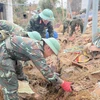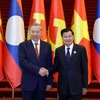The sectors areelectronics and information technology, textiles, food processing,agricultural machinery, and tourism and related services.
By theend of 2015, the programme aims to complete the task of identifying andstudying potential regions with industrial clusters and products withcompetitive advantages so that they can be marked for attractinginvestment and kick-starting pilot projects.
By 2020, it isexpected that the pilot projects will be operating in the potentialregions with comprehensive mechanisms and policies to attractinvestment, improve interconnectivity and human resources, and applyscientific and technology advances to improve value chains andindustrial cluster models.
Industrial clusters willbe developed and upgraded in cities and provinces based on productsthat the localities enjoy advantages in making. Some examples areconsumer electronics in Binh Duong; visual electronics in Thai Nguyen,Bac Ninh, Bac Giang, Hanoi and Hai Duong; and IT and IT-related servicesin Hanoi, Ho Chi Minh City and Da Nang.
Textileindustrial clusters will be based in Thai Binh, Nam Dinh, Ninh Binh andBac Giang while garment ones will be located in HCM City and the centralregion.
The programme will develop seafood processing clustersin the Mekong Delta, and those for seafood and agricultural productsalong coastal, Central Highlands provinces and the northern midlands.
Agricultural machinery clusters will be developed in Hanoi, Hai Duong, Hai Phong, HCM City, Long An and Dong Nai.
Thecountry will also establish tourism clusters, like the marineeco-tourism cluster in Hai Phong and Quang Ninh; the sea-resorts andcultural heritages cluster in Da Nang , Hue and Quang Nam ; andwater-sports, entertainment and rural discovery cluster in Khanh Hoa andBinh Thuan.
Tourism clusters in Binh Dinh, Phu Yenand Ninh Thuan will also lean towards eco-tourism with theirwell-preserved landscapes, while HCM City and Ba Ria-Vung Tau willfocus on developing services and entertainment industries.
To implement the programme effectively, two sets of solutions have been proposed.
Policy solutions will target attracting investment, applying sci-tech advances and developing human resources.
Theother group of solutions will carry out projects in several areas. Someof these will increase the capacity of sci-tech research institutes,improve connectivity between training facilities and businesses, upgradelogistics networks to improve regional links in production andprocurement, and improve rice processing in the southern region.-VNA

